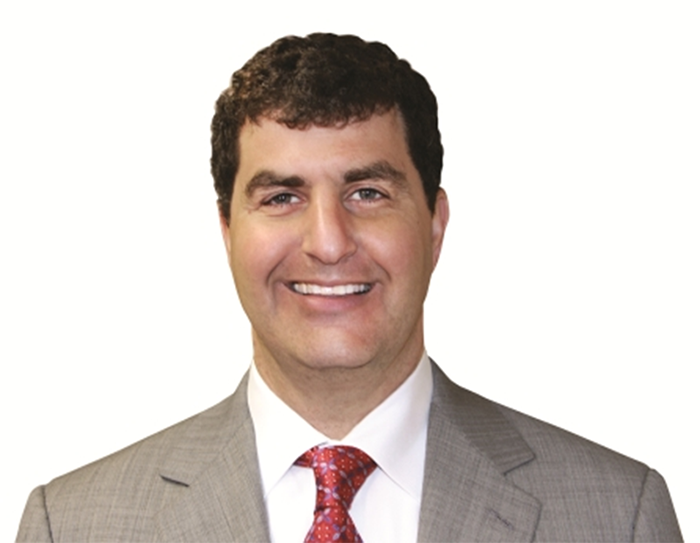Trending Capital Sources in 2018
Ginsberg Jacobs’ co-founder provides his outlook for the real estate financing environment for the next 12 months, including which asset classes and capital sources will shine this year.
By Alexandra Pacurar
The real estate capital markets in 2018 will remain competitive, as traditional lenders compete with the growing number of alternative capital sources that are vying for the same assets and borrowers. Steven Ginsberg, co-founder of Chicago-based law firm Ginsberg Jacobs, discussed with Commercial Property Executive the current real estate financing environment for both foreign and domestic capital, and which asset classes are attracting the most attention.
Will 2018 be the year of alternative lenders or are traditional lenders still holding strong?
Ginsberg: Yes and no. Alternative lenders thrive when traditional lenders tighten credit. While loan-to-value ratios and debt service coverage covenants are more conservative than we saw last decade, traditional lenders are still active in underwriting good borrowers, including new construction loans. So, we are not seeing the opportunity we saw in 2009 and 2010 for alternative lenders to swoop in to take over traditional loans.
On the flip side, there is a lot of equity available in the alternative loan market. We believe it’s likely that many high-net-worth individuals will take stock market wins off the table and look to invest those dollars through smaller, private equity firms. Those alternative lenders will compete in areas that traditional lenders back away from, such as for-sale housing and bridge financing.
What can you tell us about these smaller private equity firms?
Ginsberg: These “alternative lenders” are really coming from several different sources: traders who are seeking diversification; institutional real estate owners who do not like present pricing and risk/reward for acquisitions but believe a better return can be had via lending; and pre-existing local opportunity funds who suddenly find themselves awash in investor interest. These lenders are looking at winds in both directions: headwinds based on pricing, tailwinds based on tax reform favoring pass-through entities; and availability of capital due to stored-up earnings in home equity, stock market gains and low unemployment.
What challenges should we expect to see in 2018 when it comes to real estate financing?
Ginsberg: Cap rates are low and interest rates will steadily rise. This will create risks for financing even stabilized, safer assets. Traditional lenders will continue to compete for the same borrowers and asset classes, driving down loan spreads.
Which do you think will be the more sought-after asset classes this year?
Ginsberg: The definition of “sought after” is narrowing, as prices increase for multifamily and industrial. A counter argument can be made for every sought-after asset. Student housing has performed very well, but there are some concerns about capacity, especially in locations where some larger state schools may decrease enrollment. Multifamily has performed well, but rents and asset prices are very high right now.
Self-storage and senior housing are still generally well regarded by lenders. And there are still some lenders who would rather look at riskier asset classes since they have less competition and can cherry-pick deals—those lenders will still look at good hospitality and urban mixed-use opportunities.
What can you tell us about foreign investment in U.S. real estate? What should we expect going forward?
Ginsberg: 2018 may be a challenging year for foreign money. A good chunk of foreign capital has come in the form of institutional buyers for large-dollar properties. That market may slow a little, not because the U.S. is less attractive as a place to invest, but because of pricing.
Image courtesy of Ginsberg Jacobs








You must be logged in to post a comment.